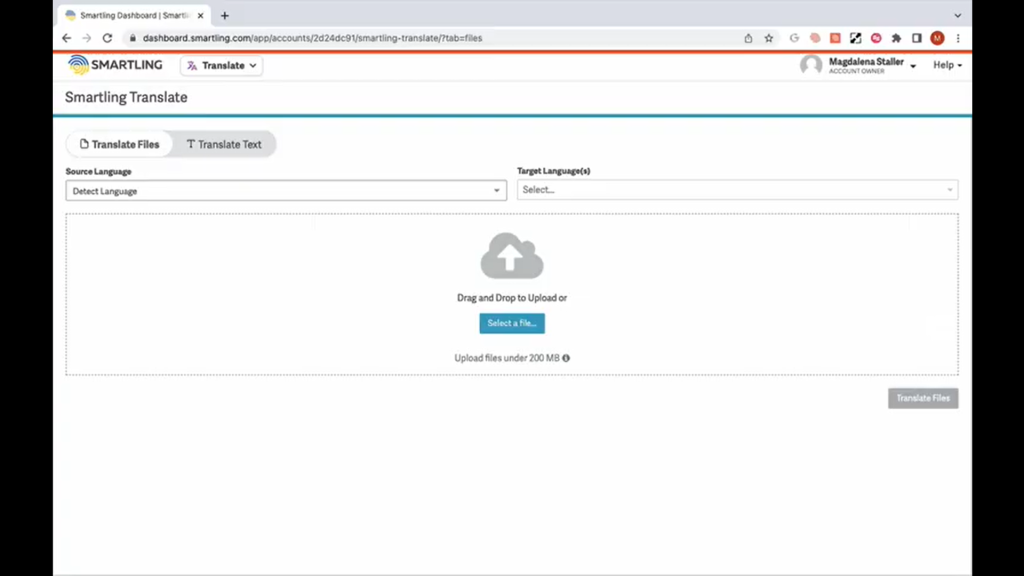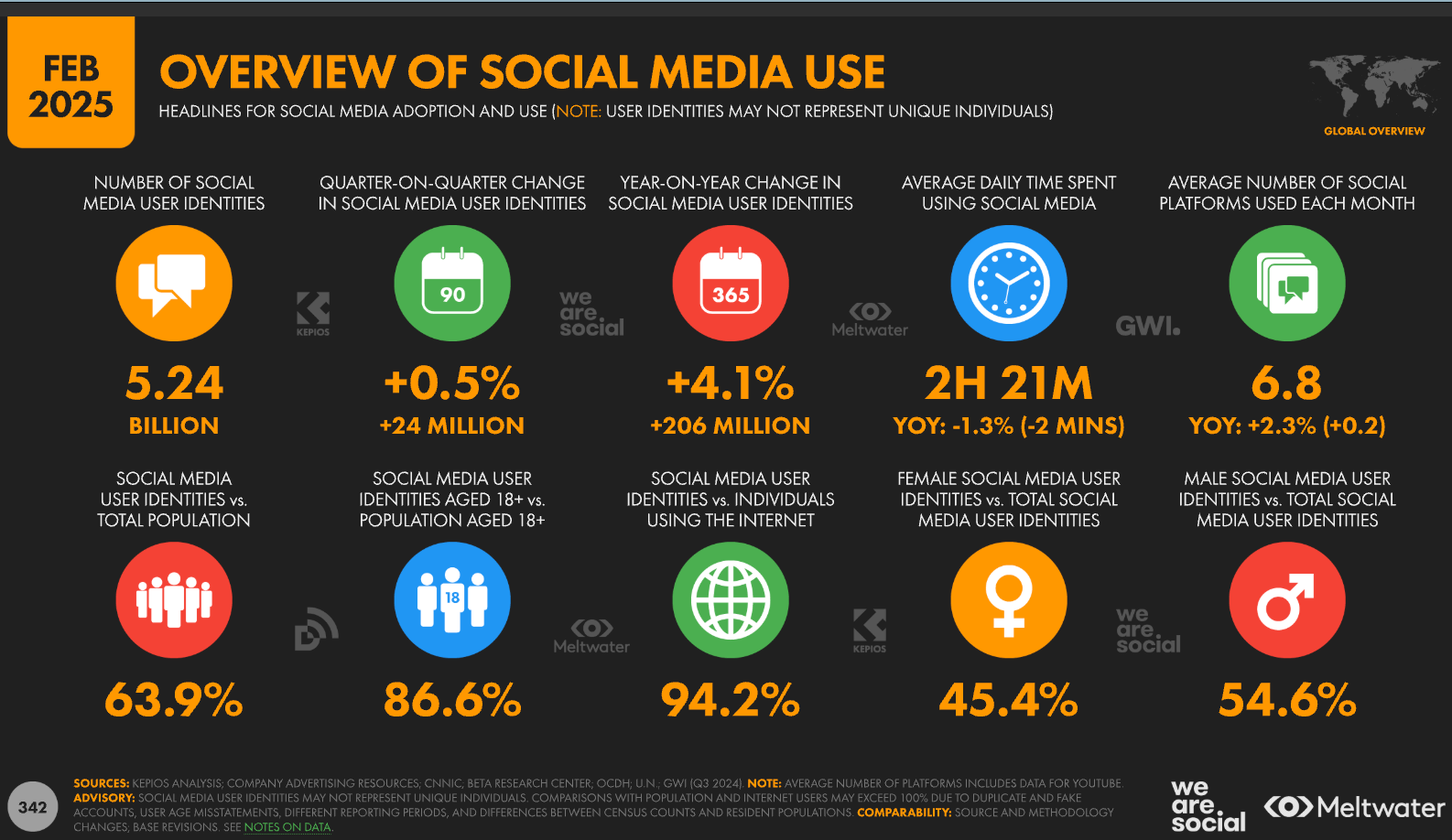In a globalized world, crafting multilingual content that resonates with diverse audiences is vital for brands. Effective communication goes beyond simply translating words; it requires a deep understanding of cultural contexts, consumer behavior, and local preferences. As a content creator or marketing professional, you may wonder how to maintain your brand's voice across multiple languages while ensuring your messages connect with each audience. This guide aims to equip you with essential strategies for creating culturally sensitive, engaging multilingual content.
You will explore best practices for localization and transcreation, learn about innovative tools that aid in maintaining brand consistency, and dive into effective ways to engage international audiences. Additionally, we will address common pitfalls to avoid in multilingual content development and discuss how to leverage technological advancements for smoother content management processes.
By the end of this guide, you should have a comprehensive understanding of how to create multilingual content that not only conveys your message but also connects with your audience on a deeper level.
How Do You Craft Multilingual Content That Resonates?
Creating multilingual content that resonates begins with understanding the distinction between simple translation and true localization. While translation focuses on converting words from one language to another, localization adapts your content to fit cultural contexts and preferences seamlessly. A prime example would be McDonald's adapting its menu to respect regional dietary customs, such as offering vegetarian options in India.
Localization encompasses all aspects of your content, from imagery and color schemes to cultural references and linguistic nuances. Conducting thorough research about your audience’s cultural background, preferences, and common practices is essential. For instance, Apple's "Shot on iPhone" campaign was localized by featuring local photographers and iconic landmarks, enhancing its cultural relevance and authenticity.
Transcreation, which combines translation with creative adaptation, is another vital approach for connecting with diverse audiences. This process involves not only translating words but reshaping concepts to maintain emotional appeal while aligning with local sentiments.
This image illustrates the differences between translation and localization, emphasizing how localization adapts content to specific markets (Source: Be Omniscient).
What Tools Can Help You Achieve Consistency Across Languages?
Achieving consistency across languages requires employing effective tools and technologies. AI-powered platforms like DeepL and Smartling are paving the way for brands to manage multilingual content with ease. DeepL is known for producing high-quality translations that capture subtle nuances and contexts, which is essential when communicating with diverse audiences. Research indicates that DeepL outperformed other translation tools significantly in accuracy.
Using a translation memory (TM) system can enhance the workflow further by storing previously translated content, ensuring consistent terminology usage across projects. For example, Smartling offers real-time collaboration features that have been shown to reduce project completion times by up to 25%.
Integrating these technologies not only streamlines processes but also helps maintain the integrity of your brand voice as you reach different linguistic markets. By focusing on real-time insights and collaboration, teams can work seamlessly together, regardless of where they are located.

A screenshot of the Smartling translation tool dashboard showing the user interface for managing translations (Source: PTTRNS).
How to Balance Brand Voice with Local Adaptation?
Maintaining your brand voice while adapting to local markets is crucial for success. Start by developing a comprehensive brand style guide that outlines your voice, tone, and key messaging across different languages. This guide should be multilingual and include specific terminology to use or avoid based on cultural sensitivities.
Transcreation plays a vital role in maintaining relevance across regions. It allows content creators to adapt messaging creatively while preserving the essence of the original brand voice. Collaborating with local cultural consultants can provide invaluable insights into what resonates with an audience, ensuring that your materials do not merely translate but also communicate effectively.
According to a study by Lionbridge, brands that use detailed style guides see significant improvements in message consistency across markets. Surveys also indicate that transcreated content results in higher engagement levels among target audiences.

An infographic detailing the key components necessary for creating a comprehensive brand style guide for multilingual content (Source: Marketing Insider Group).
What Are the Best Practices for Culturally Sensitive Translations?
Cultural sensitivity is paramount when crafting multilingual content. Ignoring local language nuances can lead to significant missteps that adversely affect brand perception. A notable example is Taco Bell’s attempt to enter the Japanese market, where poor translations led to embarrassing misunderstandings.
When creating multilingual content, prioritize cultural research and avoid direct translations—especially of idioms and slogans that might not carry the same impact in another language. Recognizing and adapting content to reflect regional meanings can prevent confusion and offense.
Research shows that brands investing in cultural sensitivity experience a boost in trust and loyalty from consumers. Thus, putting in the effort to understand and respect local cultures can set your brand apart in the competitive global marketplace.

A chart depicting the influences of trust in public relations, connected to the impacts of cultural sensitivity (Source: Sword and the Script).
How to Effectively Engage Your International Audience?
Engaging international audiences requires tailored approaches that resonate with individual cultures. Leverage local social media platforms to increase your engagement. For instance, many Arabic-speaking audiences use regional platforms like ShareChat or Vero rather than global giants.
Aligning your content with local celebrations and events can also amplify engagement. This approach taps into heightened feelings of nationalism or cultural pride. Additionally, partnering with local influencers can lend credibility to your messages, as they possess a deep understanding of their audiences’ preferences and needs.
Measuring engagement through local metrics and gathering real-time audience feedback are essential to ensure your content strategy is effective and adaptable.

An overview of social media statistics and engagement trends for 2025, broken down by region (Source: Smart Insights).
Is There an Efficient Way to Manage Multilingual Content?
Efficiently managing multilingual content involves using innovative technology to simplify processes. AI-driven tools can facilitate real-time quality assurance in translations, allowing content creators to focus on crafting impactful messages rather than troubleshooting inaccuracies.
Centralized content management systems are key to overseeing multilingual assets. These systems not only store content but also provide valuable analytics that highlight performance across different languages, revealing which versions resonate best with audiences.
Research shows that leveraging a centralized platform for multilingual content management can significantly enhance brand consistency while reducing the time and effort required to coordinate across teams globally.

A flowchart that outlines the processes involved in content management, focusing on SEO and content strategy (Source: Uniform).
What Should You Avoid to Foster a Positive Brand Image?
To foster a positive brand image globally, brands must avoid several key pitfalls. First, failing to recognize regional language variations can alienate consumers. Using certain terms that have different meanings across languages can lead to misunderstandings.
Cultural insensitivity—whether intentional or not—can severely damage your brand’s reputation. For instance, inappropriate imagery or colors can carry different meanings in various cultures. Moreover, inadequately translating idioms or expressions that may not resonate in the target culture can lead to confusion.
By implementing cultural checks at various stages in your content creation process, you can establish a more respectful and engaging relationship with your diverse audiences.

An image illustrating the successes and failures of brands in their approach to cultural sensitivity, essential for understanding the risks involved (Source: Faster Capital).
Conclusion
Creating multilingual content that connects with diverse audiences is an ongoing journey that requires dedication and attention to detail. By prioritizing localization over translation, utilizing advanced tools for consistency, and practicing cultural sensitivity, you can effectively engage with audiences worldwide.
Remember that the goal is not merely to communicate but to resonate with your audience. Engage with local cultures, test your messaging, and adapt based on feedback. By doing so, you will build not just a brand but a meaningful global presence. As you work on your multilingual content strategy, keep in mind that respect, understanding, and adaptability are your greatest assets in navigating this diverse digital landscape.

Komentar (0)
Masuk untuk berpartisipasi dalam diskusi atau .